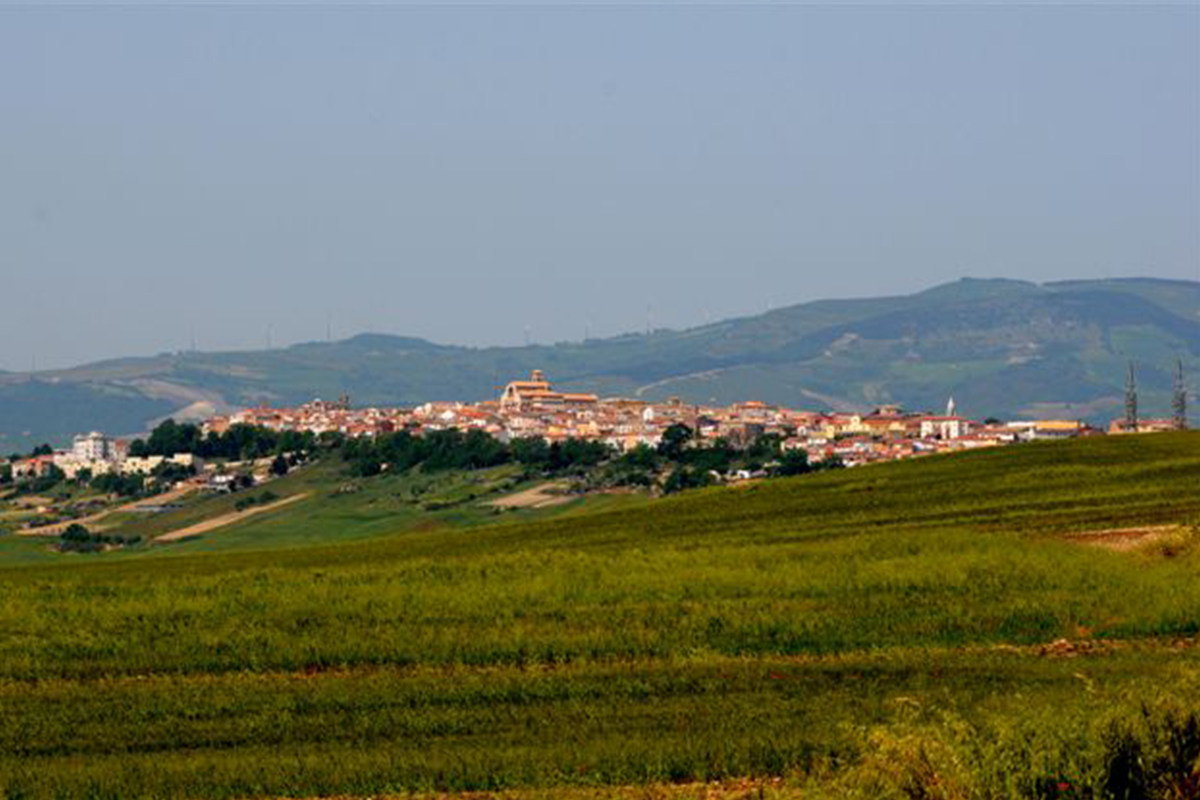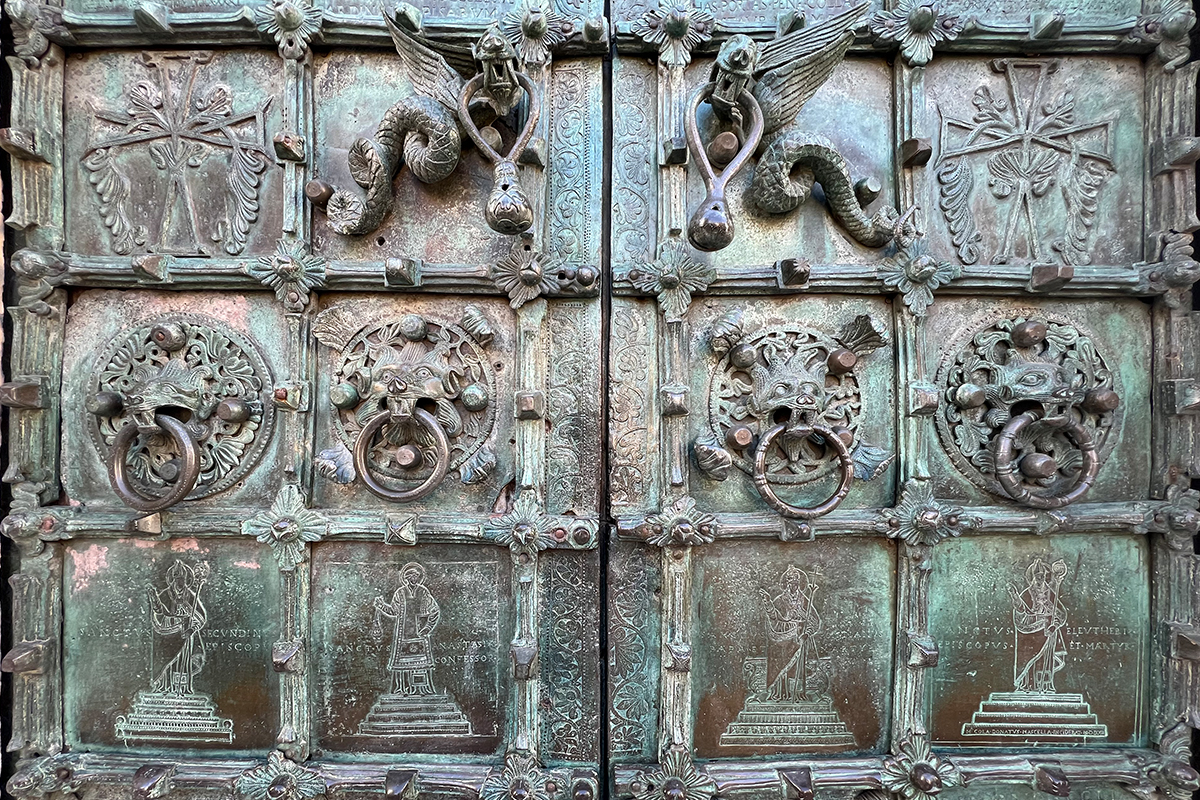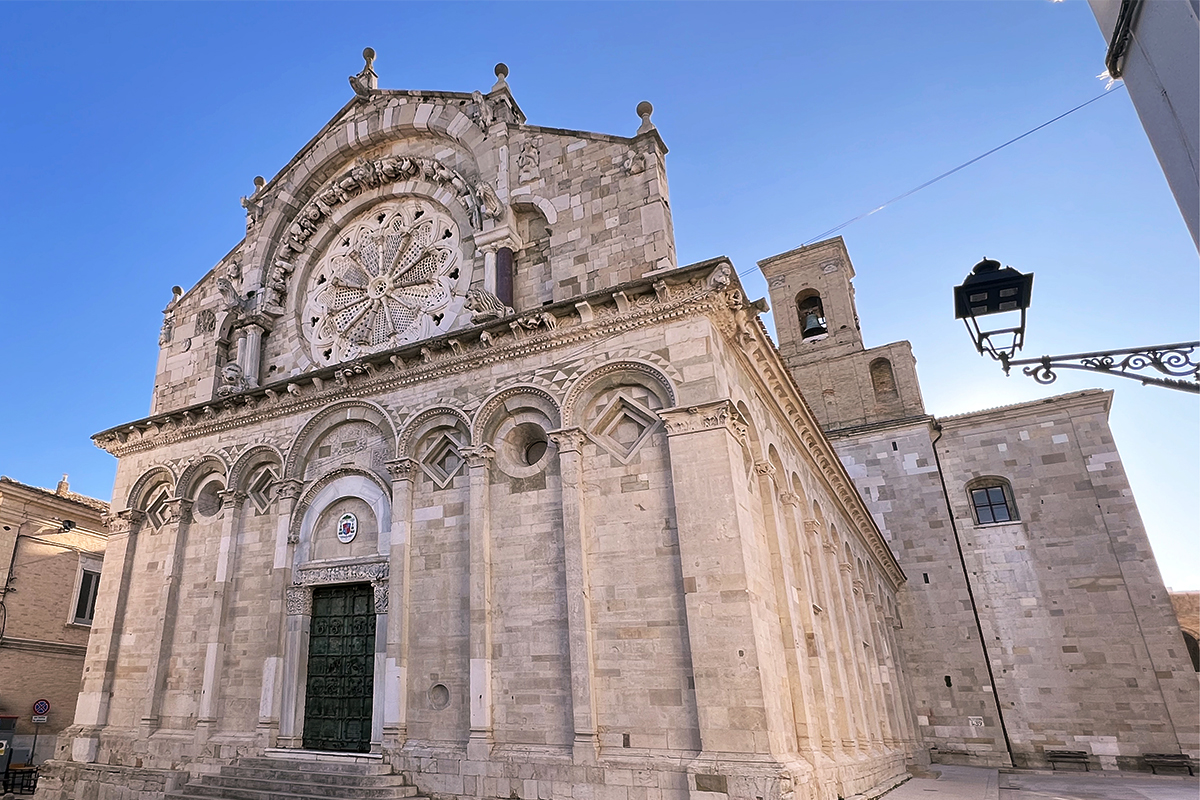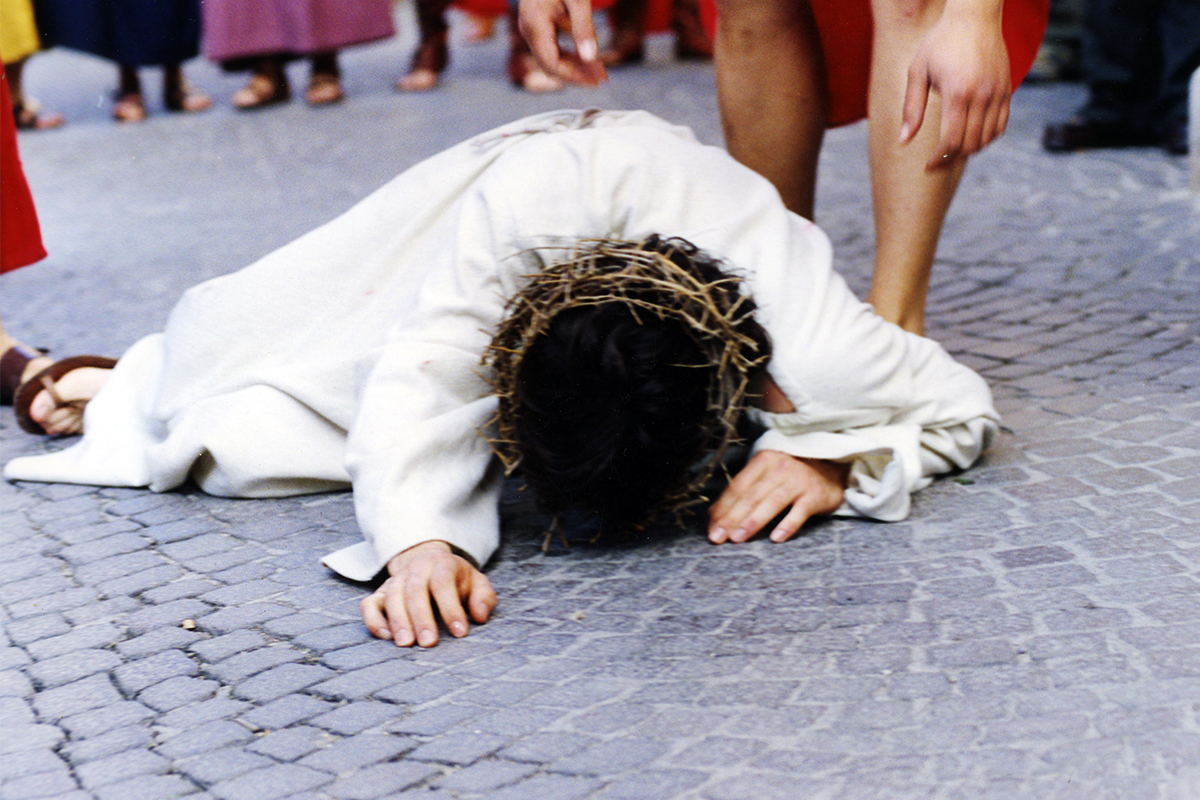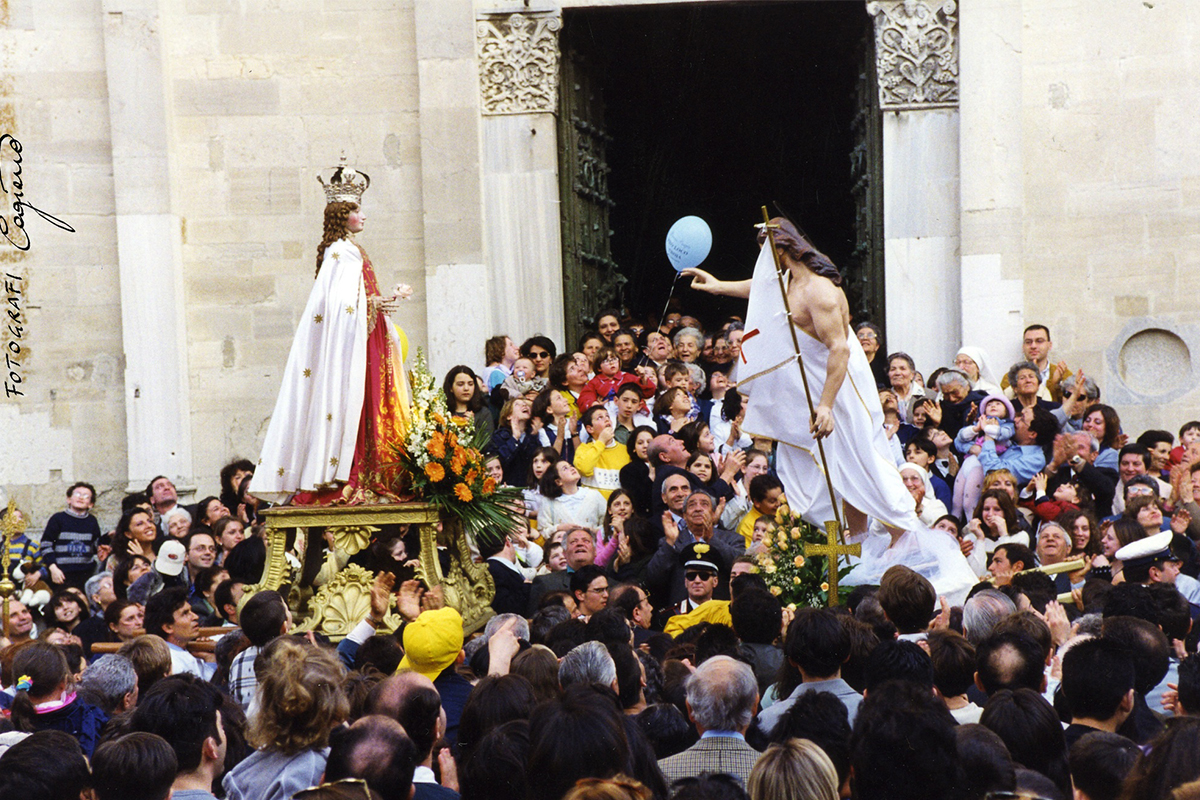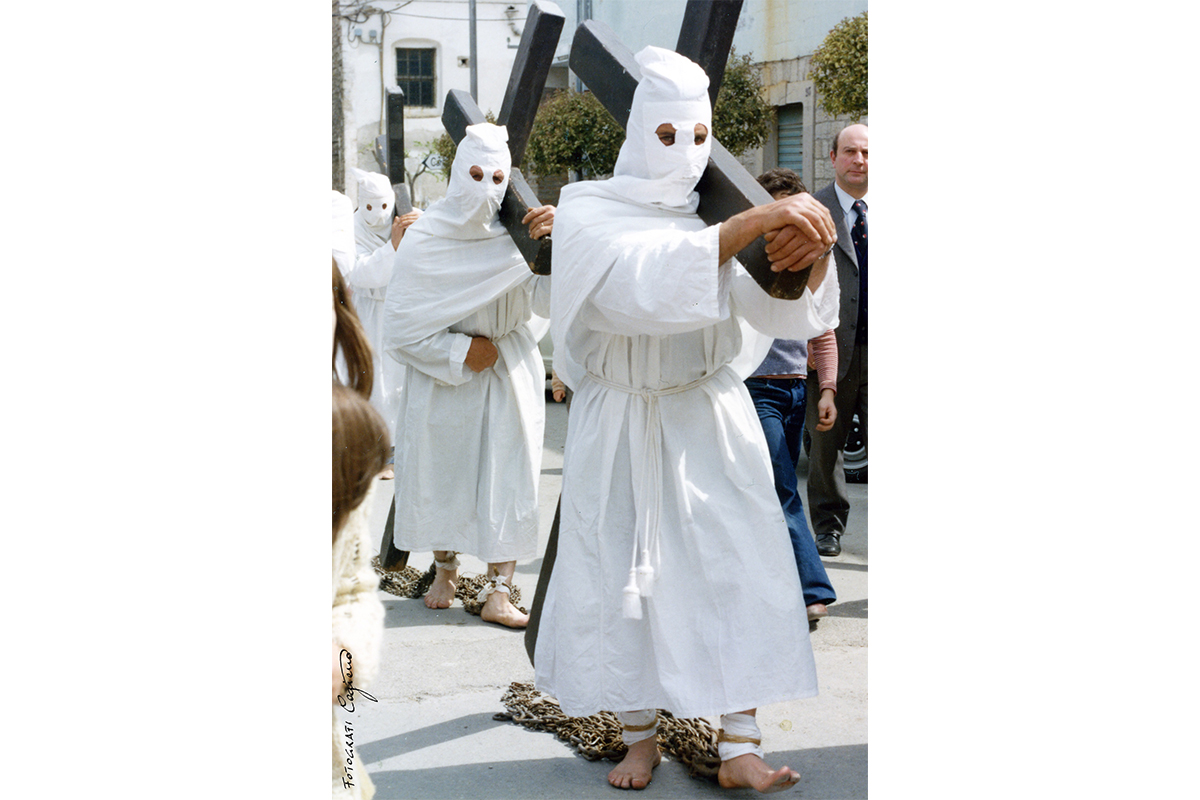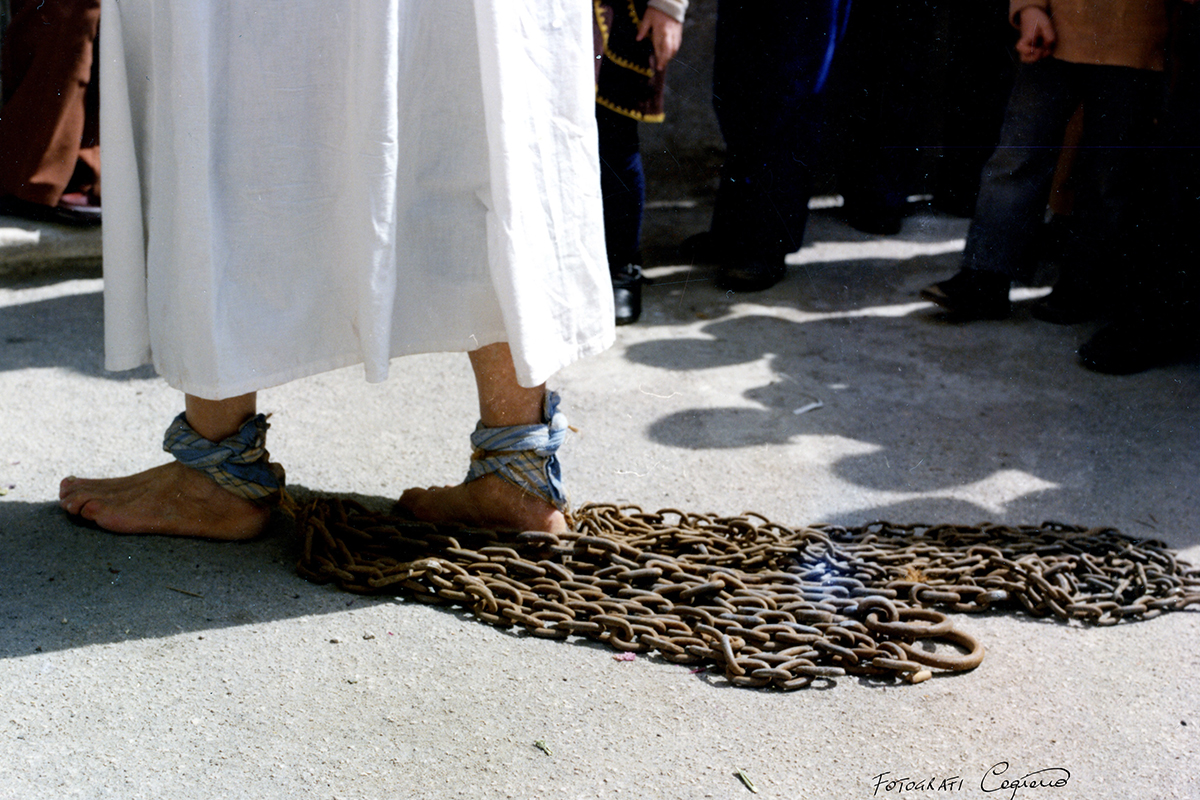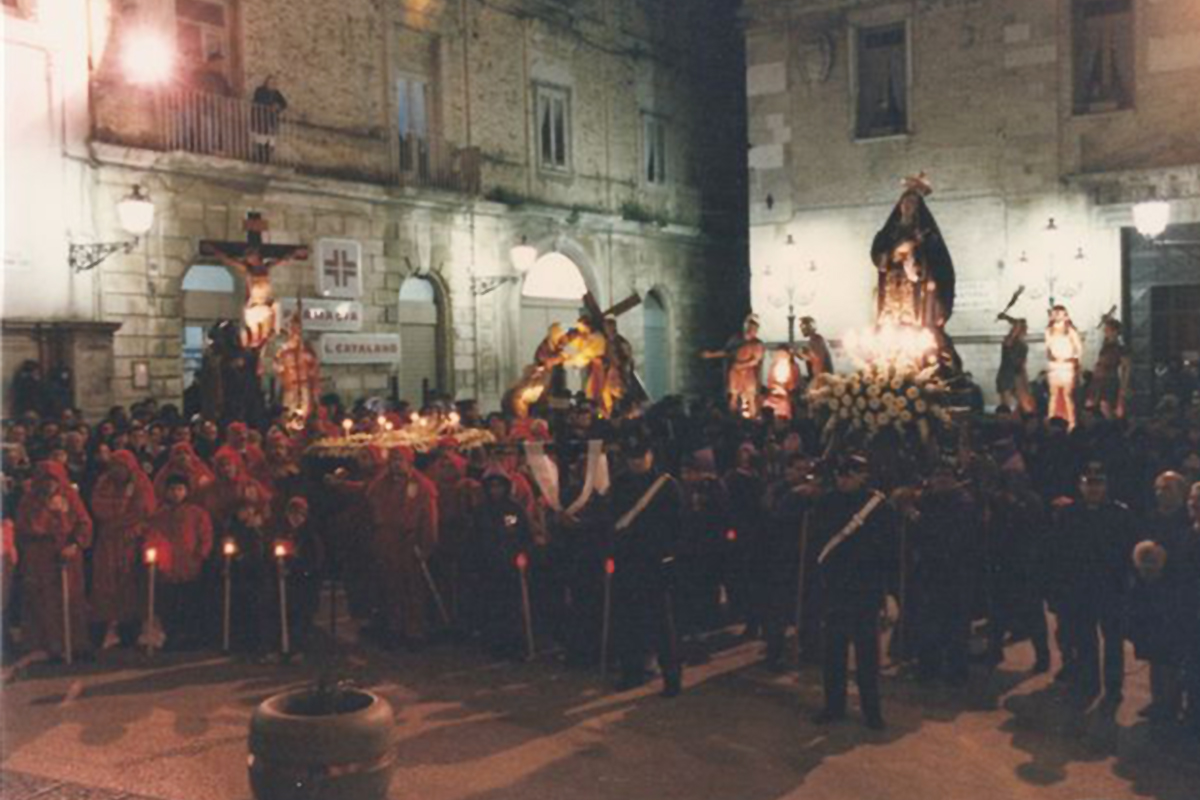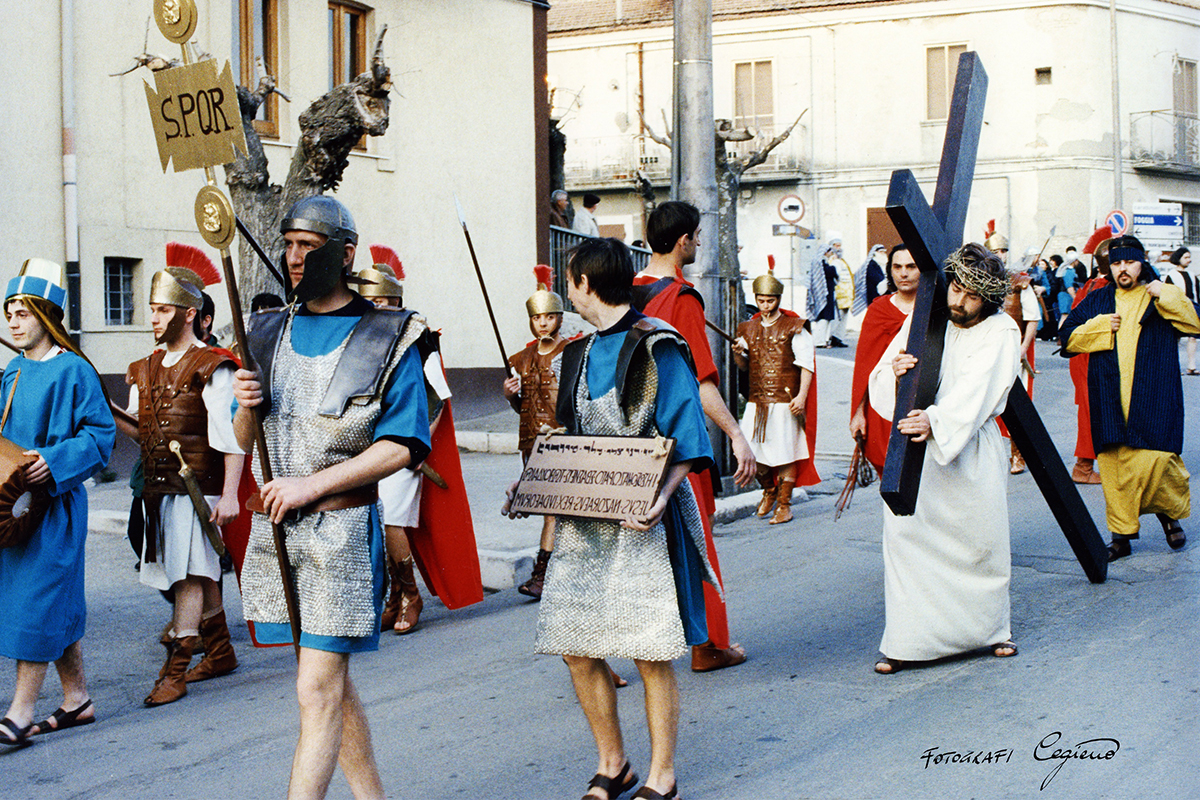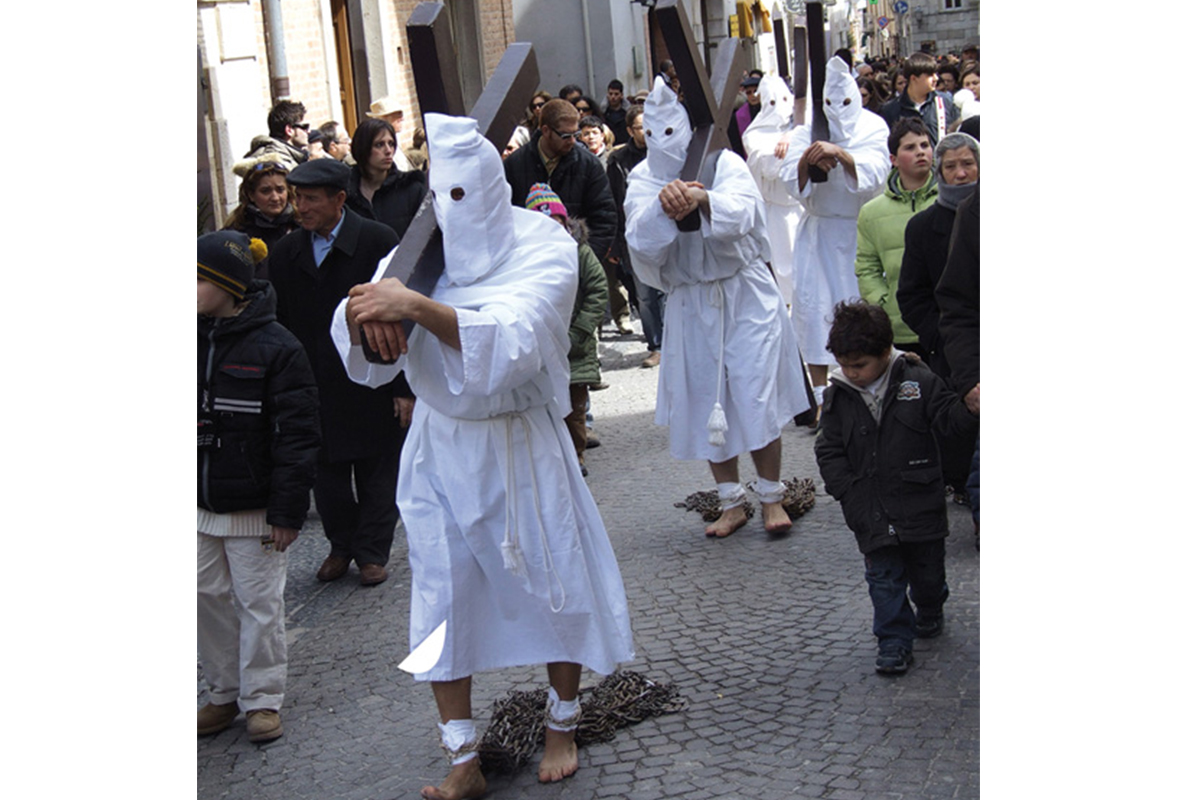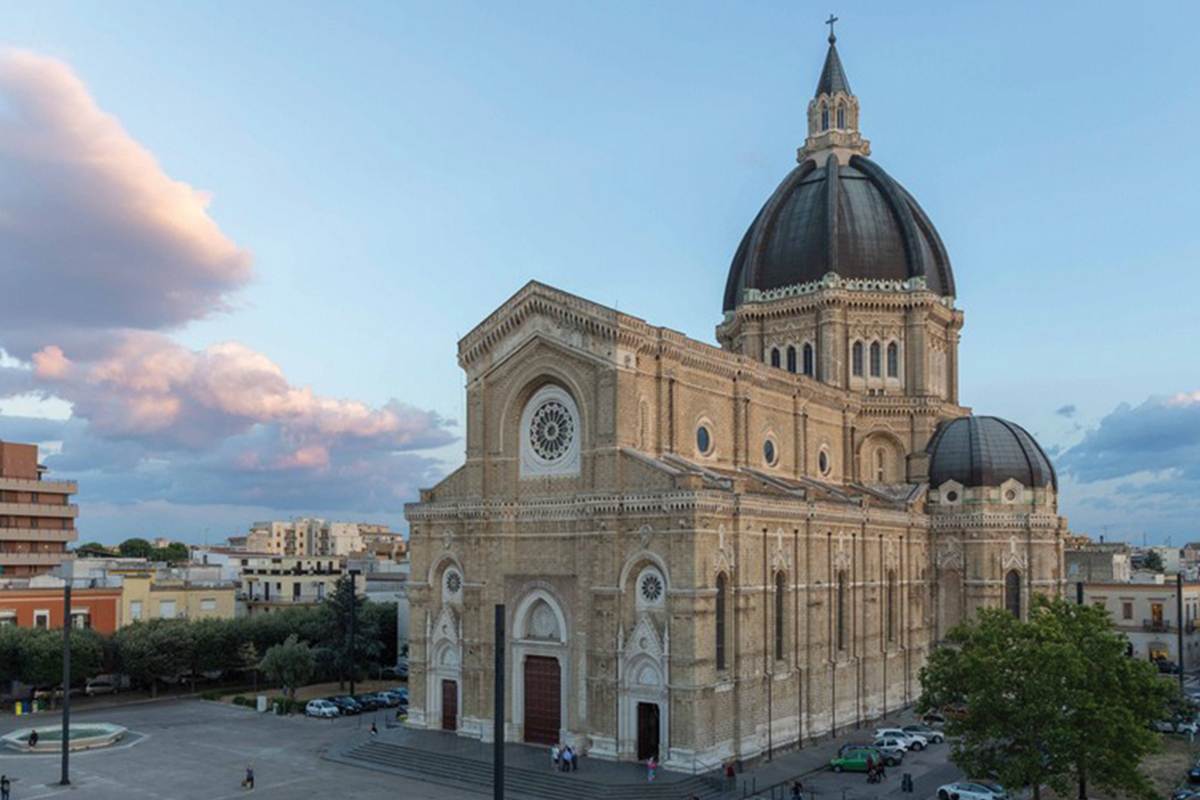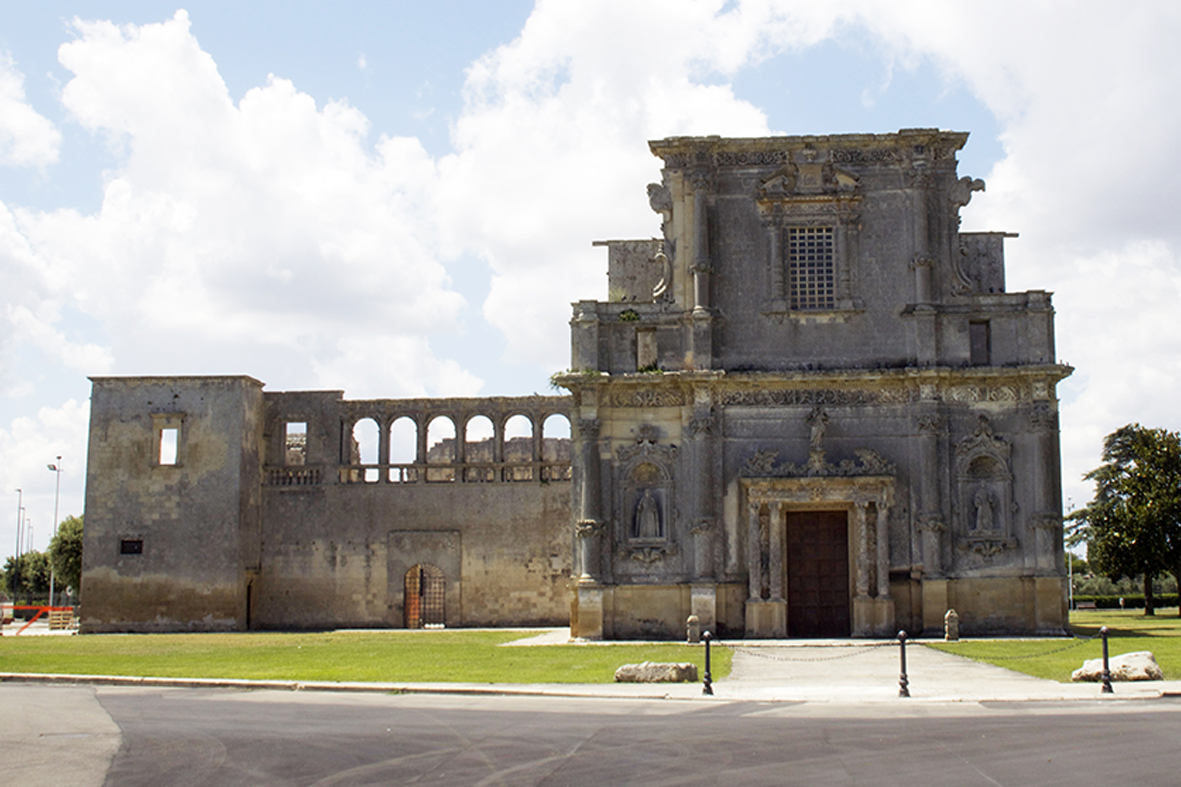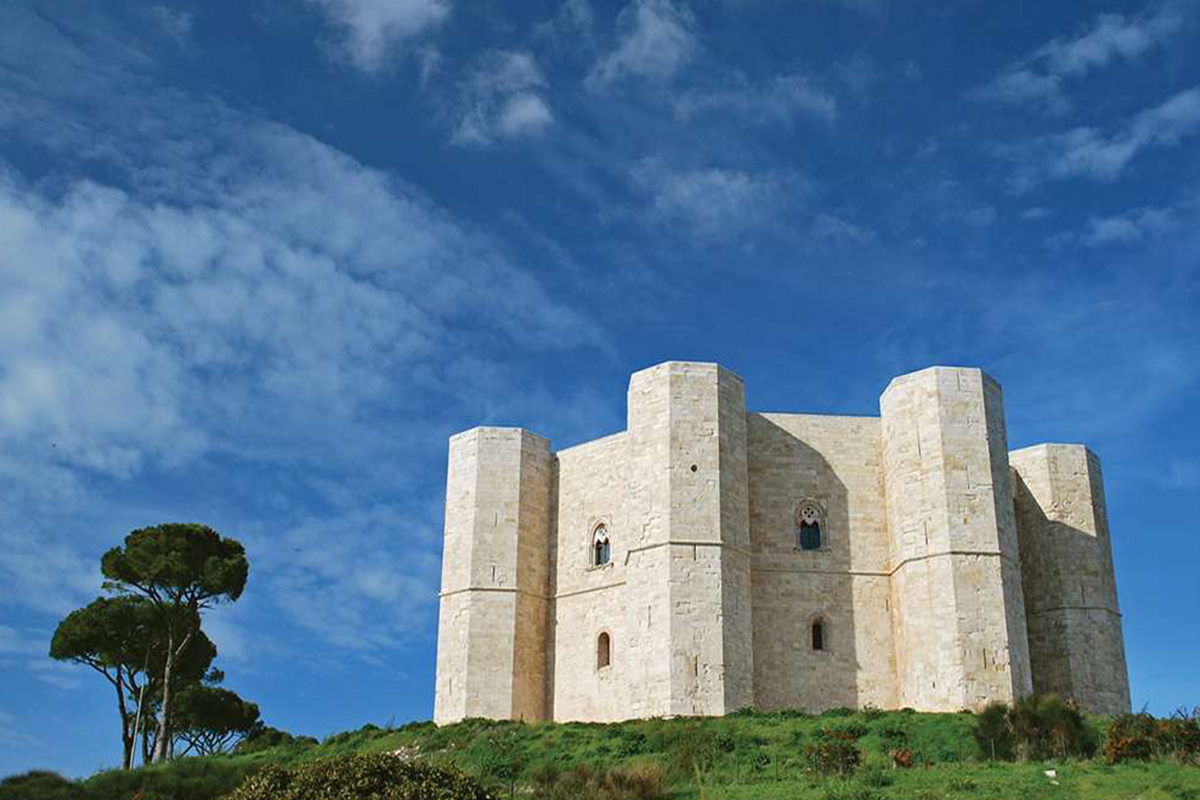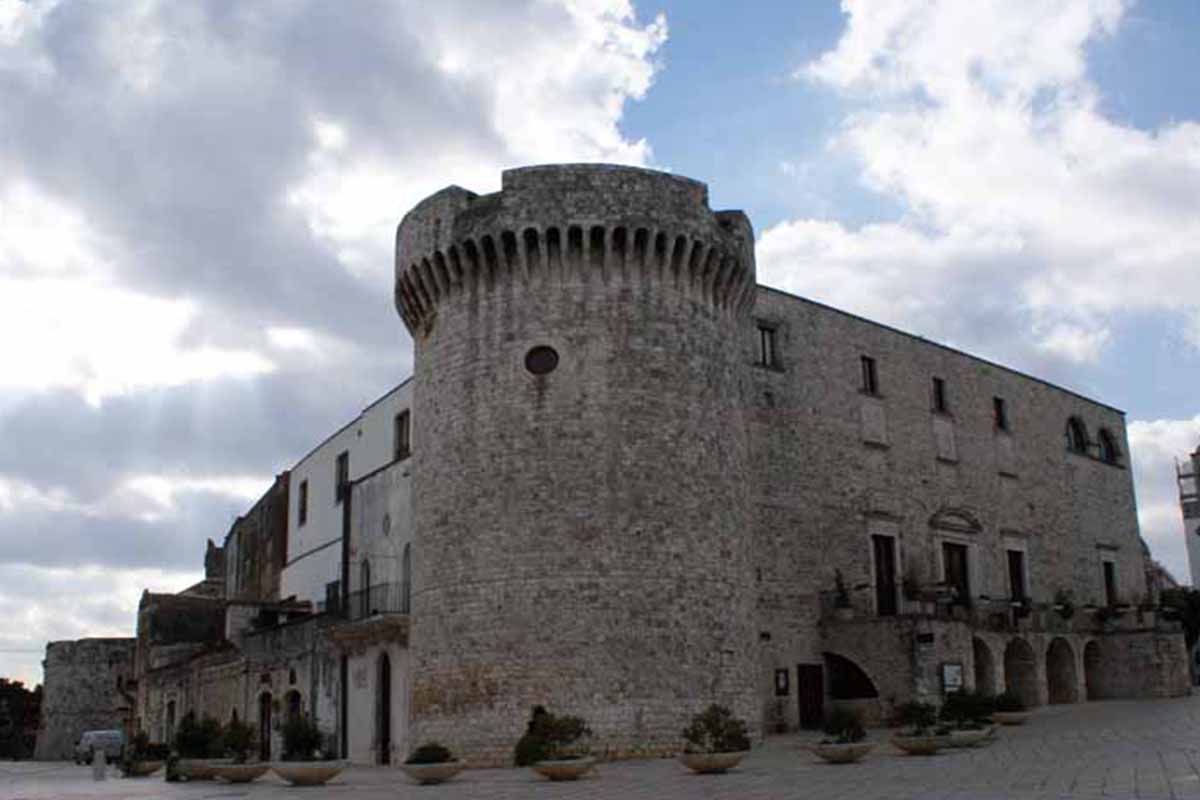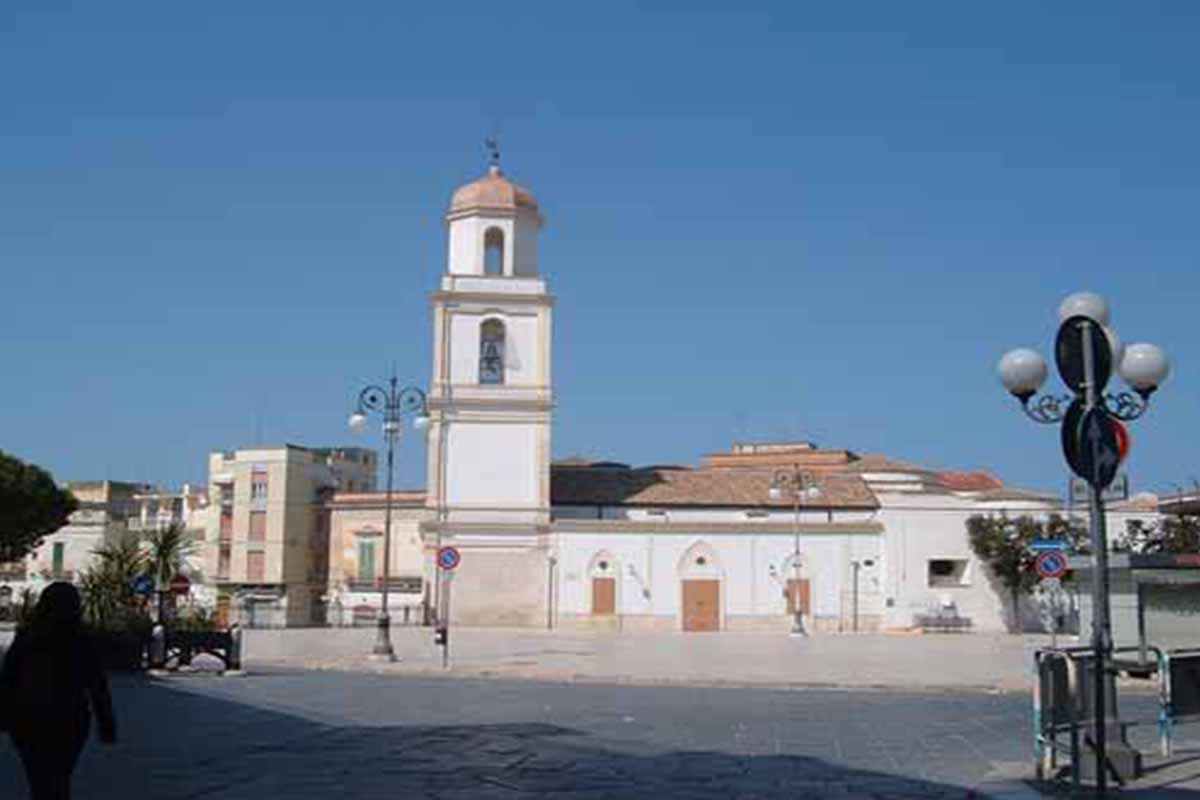Cities
the KISS
09 Dicembre 2024
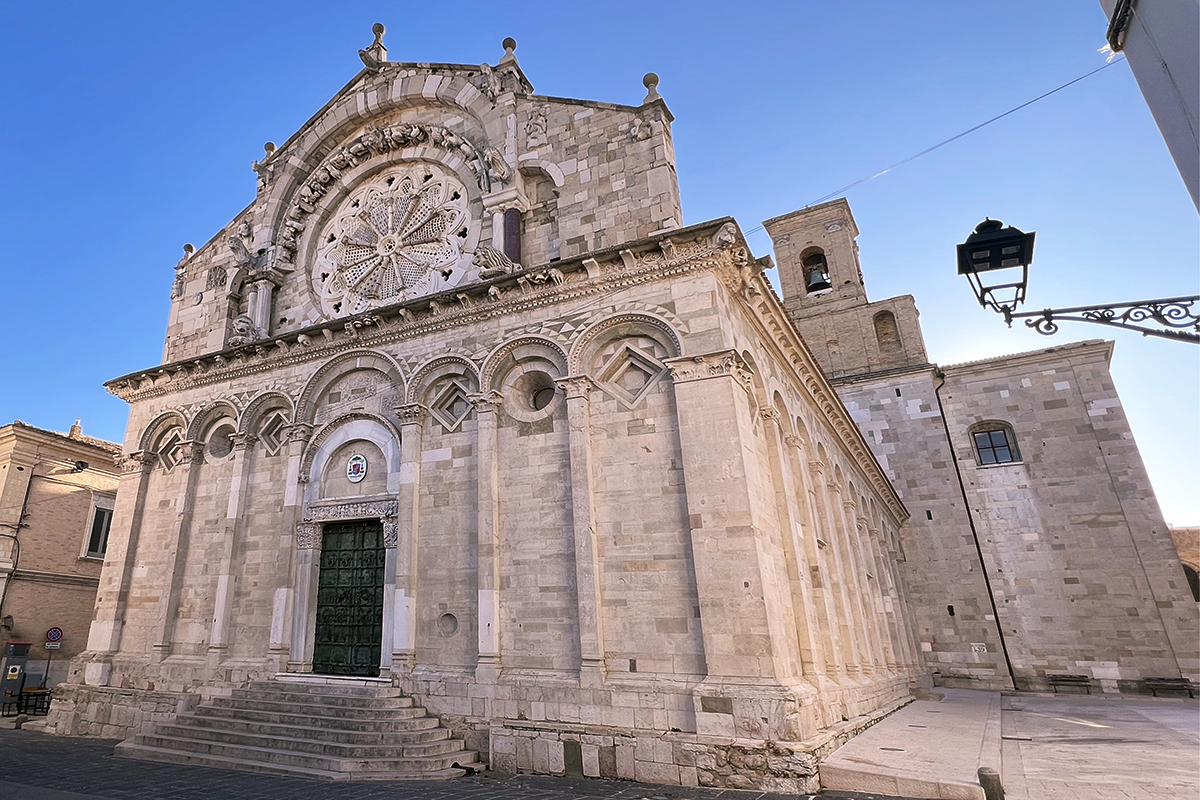
In the heart of Daunia, nestled between rolling hills and breathtaking landscapes, lies Troia, one of the most fascinating and historically rich towns in Apulia. Founded in the 11th century, Troia is a place where time seems to stand still, offering its visitors a journey back into the past, among art, culture and centuries-old traditions.
Lying 439 metres above sea level, Troia majestically dominates the Capitanata region, offering visitors a journey back in time between millenary history and religious traditions. This pearl of Apulia boasts ancient origins that are lost in history and legend. According to tradition, the city was founded by the Greek hero Diomedes, but it was under theRoman Empire that it obtained the name Colonia Augusta Apula Aecanorum during the reign of Septimius Severus.
The undisputed symbol of the city is the Cathedral of Santa Maria Assunta, an authentic jewel of Apulian Romanesque architecture. Its façade, characterised by the famous eleven-ray rose window, is a unique work of art, realised with a precision and refinement that enchant anyone who observes it. The austere and evocative interior is embellished with sculpted capitals and frescoes telling stories of faith and devotion.
The story tells of the passage of St Peter in 44 AD, which left an indelible spiritual imprint on the community. In 1019, the Byzantine cataphan Basilio Bojannes gave new splendour to the city, unifying the Land of the Benedictines (old city) and the Land of the Basilians (new city), connected by the historic road ‘Between Two Lands’.
A crucial moment came in 1066, when Troy welcomed Robert Guiscard as ‘Most Holy Count of Troy’, marking the beginning of the Norman period. The town went through tumultuous centuries: it was destroyed by Roger of Altavilla in 1133 and in 1230 suffered the wrath of Frederick II of Swabia, who cursed it for seven generations.
In 1503, it gave birth to Ettore De Pazzis, known as Miale da Troia, one of the thirteen knights of the famous Disfida di Barletta. The beating heart of Troy is its magnificent Romanesque cathedral, begun by Bishop Girando during the Norman period. Its famous rose window and the historic Door of Liberty of 1127, the work of master Oderisio da Benevento, are precious testimonies of medieval art. The bronze door symbolises the Magna Charta Libertatum granted by Pope Honorius II, a document that guaranteed the city's autonomy.
For art and history lovers, a visit to the Diocesan Museum is a must. Here are kept precious artefacts, sacred works and ancient illuminated codices, including the famous Exultet, liturgical rolls decorated with miniatures that represent one of the most important testimonies of medieval culture in southern Italy.
Places to visit: The Cathedral, The Diocesan Museum, the Porta della Libertà, the historical centre,
Troia Regional Tourist Infopoint
-Address: Via Giovanni XXIII, snc, 71029 Troia (FG)
-Telephone: +39 0881 970020
-Email: info@troia.viaggiareinpuglia.it
Municipal Police Telephone: +39 0881 978392
Palm Sunday
Passione Vivente
The Passione Vivente, a sacred reenactment of the Passione e Morte di Gesù Cristo, involves hundreds of young people, men, and women dressed in period costumes. This event takes place in the afternoon of Sabato Santo, winding through the characteristic alleys of the Centro Storico.
The procession culminates at Toppo San Giacomo, where the Crocifissione is enacted. The event, attended by a large crowd, is filled with intense emotion and solemnity, offering a unique and moving spectacle.
-Date: April 13, 2025
-Time: 3:00 PM
-Location: Chiesa della Madonna della Mediatrice, through the streets of the town
Good Friday
Processione delle Catene
On the morning of Venerdì Santo, the evocative Processione delle Catene departs from the Chiesa di San Basilio Magno (11th century), a tradition likely established by Bishop E.G. Cavalieri in 1702.
Five penitents, dressed in a white saio and hooded, carry heavy crosses on their shoulders. Their arrival is announced by the sound of catene tied to their bare feet and the dull beat of the trocchiola, breaking the silence of the penitential journey. Tradition requires that penitents participate for at least five consecutive years, in honor of the five piaghe of Christ.
-Date: April 18, 2025
-Time: 10:00 AM
-Location: Chiesa di Sant’Anna
Good Friday
Processione dei Misteri
On the evening of Venerdì Santo, the solemn Processione dei Misteri departs from the Basilica Cattedrale, featuring five modern statue groups representing:
1. La Cattura.
2. La Coronazione di spine.
3. La Flagellazione.
4. La Prima Caduta.
5. La Crocifissione (Calvario).
Following them is the statue of Cristo Deposto, a refined cartapesta work of the Neapolitan school, carried by the Congrega del Santissimo. Behind it, the 18th-century statue of Madonna Addolorata, a masterpiece by sculptor G. Colombo, is carried on the shoulders by the congrega that bears her name.
The long and solemn procession concludes with the participation of the Catene, wearing a purple saio and walking with their faces uncovered.
-Date: April 18, 2025
-Time: 8:00 PM
-Location: Basilica Cattedrale
Easter Sunday
Processione del Bacio
On the afternoon of Domenica di Pasqua, the evocative Processione del Bacio takes place, a unique tradition in Puglia. Two statues—one of the Madonna (attributed to Pietro Frasa) and the other of the Salvatore—depart from two opposite churches: the first from the Chiesa di San Domenico, the second from the Chiesa di San Francesco.
The two statues move towards the square in front of the Basilica Cattedrale, where the Rito del Bacio takes place. After two symbolic approaches, at the third meeting, the statue of the Salvatore bows at the feet of the Madonna, amidst applause and joyful marches performed by the town band, including an excerpt from Mosè by Gioachino Rossini.
This popular tradition, unique in its kind, shows similarities to Abruzzo’s Easter rituals, likely inherited through cultural exchanges due to transumanza.
-Date: April 20, 2025
-Time: 10:00 AM
-Location: Chiesa di San Domenico and Chiesa di San Francesco
Palm Sunday / April 13, 2025
• TROIA / Passione Vivente / Chiesa della Madonna della Mediatrice
through the streets of the town / 3:00 PM
Good Friday / April 18, 2025
• TROIA / Processione delle "Catene" / Chiesa di Sant’Anna / 10:00 AM
• TROIA / Processione dei Misteri / Cattedrale / 8:00 PM
Easter Sunday / April 20, 2025
• TROIA / Processione del Bacio / Chiesa di San Domenico and Chiesa di San Francesco / 10:00 AM
CONFRATERNITIES OF THE ANNUNZIATA AND SAN LEONARDO
Established by Bishop Stefano Grube (1474-1480), originally from Latvia and a member of the Teutonic Order, the confraternities of the Annunziata and San Leonardo were founded with the purpose of providing hospitality to pilgrims who, traveling along the Via Appia-Traiana on their way to the sanctuaries of Monte Sant’Angelo and dell’Incoronata, passed through Troia. Their activities had a social value: they also took care of accompanying the deceased to their burial and welcoming abandoned newborns. Even today, the Ruota dei “Projetti” can be seen on via Municipio. The children were raised and trained in a trade, while for the girls, a dowry was provided for marriage. Over time, the two confraternities dwindled in numbers, and only in 2004 was the ancient brotherhood of the Annunziata and San Leonardo reestablished. The confreres, dressed in a tunic and green mozzetta with a medallion, accompany the statue of the Crocifisso Miracoloso on Good Friday.
CONFRATERNITY OF THE STIGMATA OF SAINT FRANCIS AND OF THE MOST HOLY SORROWFUL VIRGIN
The confraternity of the Stimmate di San Francesco and SS. Addolorata was founded by Bishop Emilio Giacomo Cavalieri on April 9, 1699. Its purpose was to promote the worship of Saint Francis of Assisi and the Sorrowful Virgin, participate in the main processions, carry out works of piety, and provide funeral services and prayers for deceased confreres.The confraternity adopted a more flexible statute in 1915, and in 1923, the construction of its own Cemetery Chapel began. Throughout the past century, due to the assurance of an honorable burial, the number of members increased significantly. In the last decade, the confraternity has undergone a revival and has adopted a white habit, a red-canonical mozzetta trimmed in gold, and a medallion with the image of the Blessed Sorrowful Virgin and the Franciscan arms. The confraternity participates in the Holy Week processions, carrying the statue of the Madonna Addolorata.
ARCHCONFRATERNITY OF THE MOST HOLY SACRAMENT
The Arciconfraternita del SS. Sacramento was established by Bishop Giannozio Pandolfini (1484-1519) with the mission of keeping the worship of the Eucharist alive in the Cathedral of the city, overseeing the celebrations of Maundy Thursday and Good Friday, the feast of Corpus Domini, and keeping the oil lamps of the Tabernacle on the altar lit. The confreres were not to exceed twenty members and had to belong to the upper social class. From the very beginning, the confraternity obtained from Pope Leo X the Indulgences of the Most Holy Sacrament, granted to the homonymous confraternity residing at San Lorenzo in Damaso in Rome. On April 22, 1550, it received the title of Archconfraternity, granted by Pope Julius III. The confraternity was granted a chapel in the old sacristy of the Cathedral, and a statute was drawn up to regulate its structure, the management of donations for its decoration, the burial of confreres and consorors, and also that of the canons.
During Holy Week, the gastronomic tradition of Troia shines in all its splendor through dishes passed down from generation to generation. The Lenten period is characterized by "ciambotta", a spring vegetable soup, while Maundy Thursday and Good Friday are dedicated to dishes with cod and anchovies, accompanied by the traditional "cime di rape". At Easter, roasted lamb with potatoes, prepared according to an ancient local recipe, takes center stage. Among the typical desserts, the "passionata", a ricotta-based sweet, stands out.
Cities Info
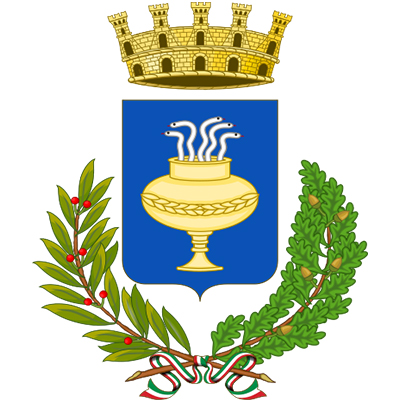
Municipality of Troia
T +39 088 197 8420
Municipal Police
T +39 088 197 0071
Tourist Information Point
Via Giovanni XXIII, snc
T +39 0881 970020
info@troia.viaggiareinpuglia.it
Highlighted Municipalities


 it
it en
en fr
fr es
es de
de pt
pt